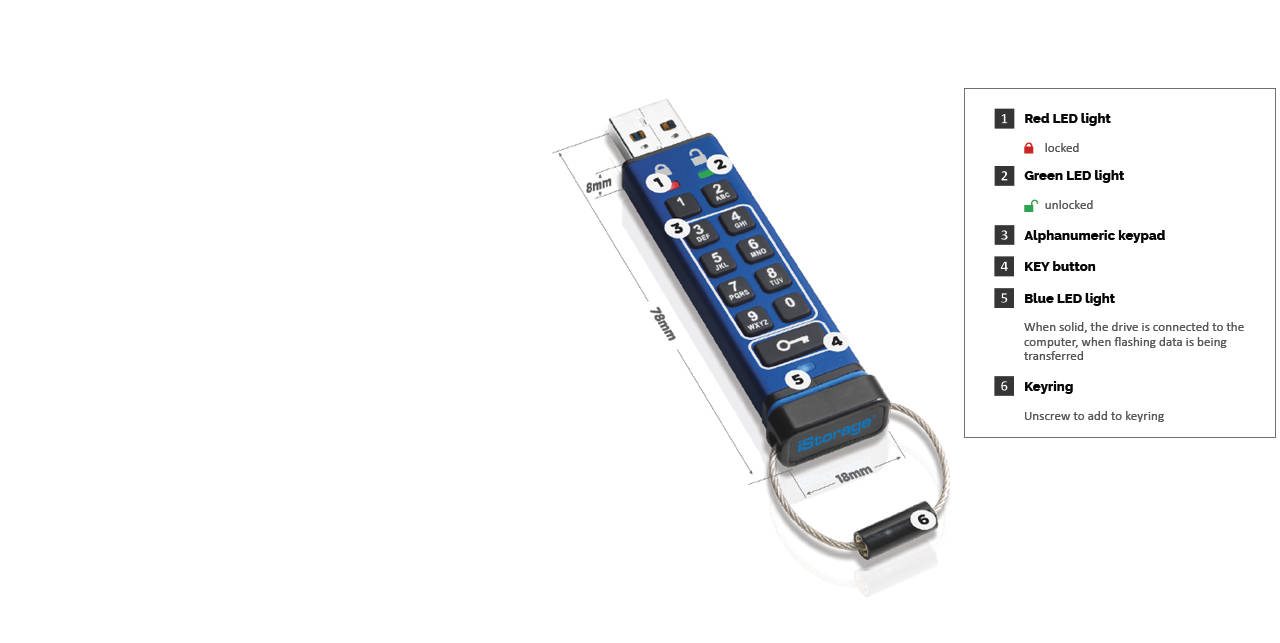
This is a situation that us developers should do our best to avoid - albeit unlikely, it’s always possible that a phone gets stolen, and we should take the necessary precautions against a situation like this.Įnter secure storage. Now imagine you store a refresh token or a local pin in the shared preference - the hacker now can use these credentials to impersonate the user, and thus has successfully hacked into your app. Imagine someone breaks into a user’s phone and checks the data behind shared_preferences - they’d see trivial data that doesn’t matter at all, and doesn’t really help the hacker get an edge in any way.
All data automotive software key hack android#
This is another package that is a wrapper over both iOS and Android API’s. In contrast to the previous SharedPreferences, enter flutter_secure_storage. Shared Preferences Example (Stolen from docs) : SharedPreferences prefs = await SharedPreferences.getInstance() int counter = (prefs.getInt('counter') ? 0) + 1 print('Pressed $counter times.') await tInt('counter', counter) Sensitive Key Value - Secure Storage

I use this in my app, among other things, to store some local settings (did you disable a gesture? do you want to disable auto-correct when writing messages?) Keep in mind that in memory-constrained environments, the system won’t hesitate to delete these if they take up a lot of space - meaning none of your shared preferences should be vital functionality of the app. This data is quick to retrieve but is not secure, and balks at extremely high loads. This data is perfect for SharedPreferences! While this is a flutter package, it wraps native API’s for iOS and Android that are designed to do exactly what I just described. Things that don’t require secure storage, but are nice to have and are generally quite tiny (think single fields). Somehow, we need to store little details like that that don’t require large objects or highly structured databases - simple fields, like “IsDarkMode” or “LastTabUsed” or similar.

The user writes a scathing 1-star review of your app and blames his vision loss on the fact that you didn’t store that he was in dark mode. They come back a minute or two later, only to be blinded by the bright flash that is light mode. Say a user opens your app they open up the settings and change the app to dark mode.

All data automotive software key hack how to#
If you’re about to write a Flutter app, I recommend a bookmark to this page so that you can always refer to it when trying to figure out how to store data. On the contrary, it doesn’t make sense storing large, single objects in table - If you’re only ever going to have 1 row, what’s the point of designing a whole schema?įor each of the 4 ways I’ll be talking about local data storage, I’ll go over: Similar to learning about HashMaps, Linked Lists, Heaps, etc., it’s important to know the different ways to store data in your Flutter App to create the best user experience possible.įor instance, what happens when you don’t need to deserialize a whole object - just a single field or value? It doesn’t make sense grabbing a whole config.json from memory when all you need is a single boolean field, like isDarkMode=false. Not all data is created equally - and not all data should be stored the same way.


 0 kommentar(er)
0 kommentar(er)
